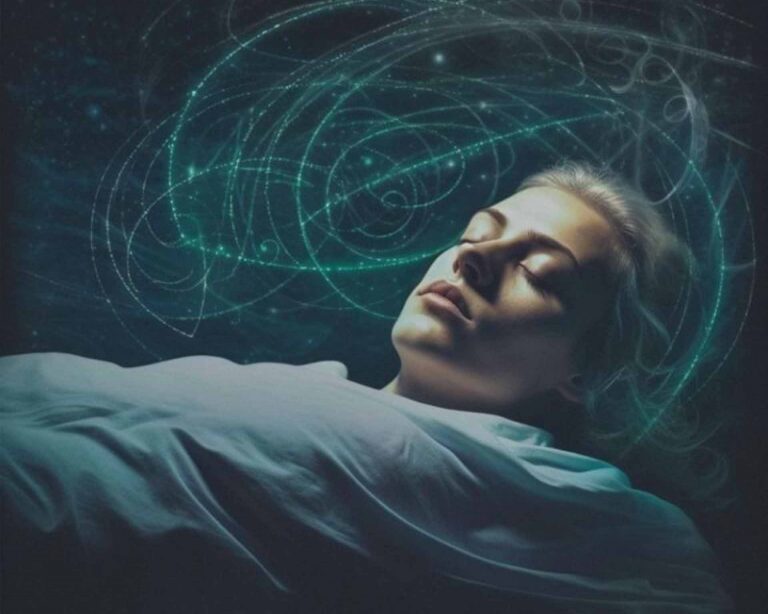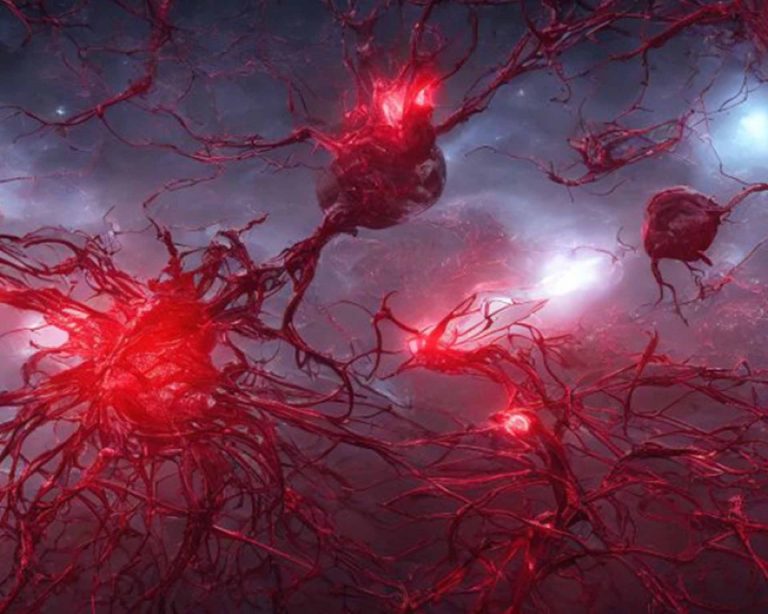Melatonin is a hormone produced by the pineal gland in the brain, responsible for regulating sleep and circadian rhythms. Emerging research has identified a potential role for melatonin in the prevention and treatment of migraines.
Here’s a look at the current understanding:
Melatonin and Migraines: The Connection
- Circadian Rhythms: Migraines often have a pattern that corresponds with circadian rhythms. Melatonin regulates these rhythms and, by extension, may influence migraines (Gelfand & Goadsby, 2012).
- Anti-Inflammatory Effects: Melatonin’s anti-inflammatory properties might reduce the neurovascular inflammation associated with migraines (Köseoglu et al., 2008).
- Sleep Regulation: Since sleep disturbances are known to be a migraine trigger, melatonin’s role in promoting sleep might help prevent migraines (Peres et al., 2003).
Clinical Studies:
- Melatonin vs. Placebo: A randomized, double-blind, placebo-controlled study showed that 3 mg of melatonin taken nightly reduced migraine frequency and intensity more effectively than a placebo (Gonçalves et al., 2016).
- Melatonin vs. Conventional Treatment: Melatonin has been compared with amitriptyline, a standard prophylactic migraine treatment. Melatonin was found to be as effective as amitriptyline in reducing migraine frequency but had fewer side effects (Chayasirisobhon, 2016).
Dosage and Timing:
- Dose: Most studies use a dose of 3 mg, although further research may be needed to optimize dosing.
- Timing: Taking melatonin at the same time each night, typically before bed, may enhance its effectiveness in migraine prevention by stabilizing circadian rhythms.
Considerations:
- Safety and Tolerance: Melatonin is generally considered safe, but long-term studies are lacking.
- Individual Variation: Melatonin’s effectiveness may vary between individuals, depending on underlying sleep patterns, migraine triggers, and other factors.
References:
- Gelfand, A. A., & Goadsby, P. J. (2012). The Role of Melatonin in the Treatment of Primary Headache Disorders. Headache: The Journal of Head and Face Pain, 56(8), 1257-1266.
- Köseoglu, E., Talaslioglu, A., Gönül, A. S., & Kula, M. (2008). The effects of magnesium prophylaxis in migraine without aura. Magnesium Research, 21(2), 101-108.
- Peres, M. F. P., Zukerman, E., da Cunha, T. F., Moreira, F. R., & Cipolla-Neto, J. (2003). Melatonin, 3 mg, is effective for migraine prevention. Neurology, 61(4), 1219-1219.
- Gonçalves, A. L., Martini Ferreira, A., Ribeiro, R. T., Zukerman, E., Cipolla-Neto, J., & Peres, M. F. (2016). Randomised clinical trial comparing melatonin 3 mg, amitriptyline 25 mg and placebo for migraine prevention. Journal of Neurology, Neurosurgery & Psychiatry, 87(10), 1127-1132.
- Chayasirisobhon, S. (2016). Use of melatonin in prevention of chronic migraine. Acta Neurologica Taiwanica, 25(1), 43-47.








